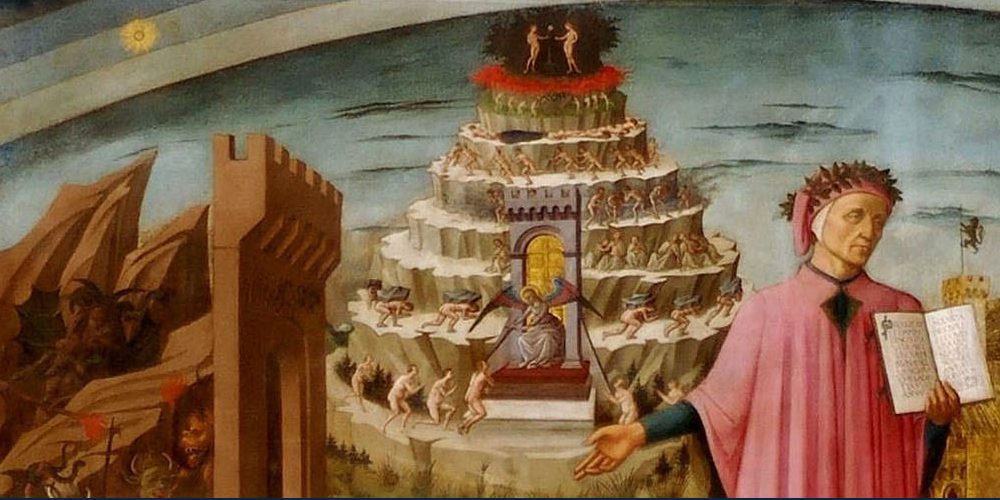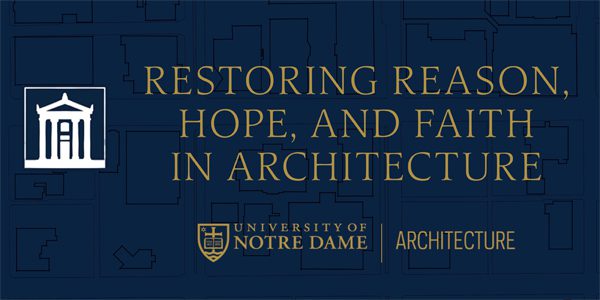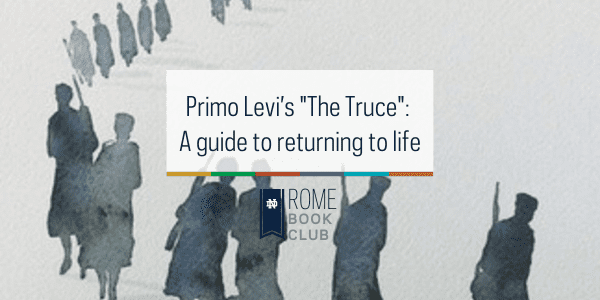TOP 10 LEARNING MOMENTS
- I want to emphasize how important it is for each of us as readers of the poem to undertake each our own pilgrimage in the journey of reading the poem. — Cachey
- One of the most impressive and concrete examples of Dante’s ambition and of his innovative and poetic mind is the invention of a new meter for his sacred poem. — Sbordoni
- From Dante’s perspective, poetry is a higher form of knowledge in so far as it enables him to change hearts to have us have a conversion experience, if you will, in the reading of this poem. — Cachey
- The Inferno is a poem of exile.
- We are supposed to read between the lines in order to understand Dante’s complex characters.
- One of the themes is the power of literature and I think Dante is continuing [what] he started in Canto 4 where [he puts himself amidst the wisdom of the great poets of antiquity] but [conversely] what he is referring to here is a kind of literature he wants to leave behind.
- Dante wrote the poem for the citizens of Florence in order to “remove those living this life from a state of misery to a state of bliss.
- Francesca is presented as the heroine of courtly love and Pier is presented as the successful politician administrator, but this is one of the guises in which evil presents itself and one of the ways the reader is invited to read beyond the surface. — Sbordoni
- Fraud is “the misuse of man’s highest attribute, his intellect. — Cachey
- The way Dante parodies Boniface’s pilgrimage is a way of asserting that his own pilgrimage laid out in the poem as an alternative pilgrimage to Rome. — Sbordoni
Interested in learning more?
This series is hosted by ThinkND, the University of Notre Dame’s online learning community that connects you with videos, podcasts, articles, courses, and other resources to inspire minds and spark conversations on everything from faith and politics to science, technology, and your career.
Featured Speakers
Theodore J. Cachey, Professor of Italian and the Albert J. and Helen M. Ravarino Family Director of Dante and Italian Studies, University of Notre Dame; Co-Director, University of Notre Dame Center for Italian Studies
David Lummus, Visiting Professor of Italian and Co-Director, University of Notre Dame Center for Italian Studies
Chiara Sbordoni, Adjunct Professor of Italian, University of Notre Dame Rome Global Gateway
Infernal Rome: Pope Boniface VIII and the bridge to St Peter’s
Presented by Chiara Sbordoni
This video introduces the historical figure of Pope Boniface VIII and Dante’s characterization of him and presents the iconic bridge by which pilgrims to Boniface’s first Jubilee reached St. Peter’s Basilica.
“From Dante’s perspective, poetry is a higher form of knowledge in so far as it enables him to change hearts to have us have a conversion experience, if you will, in the reading of this poem.”
– Cachey





